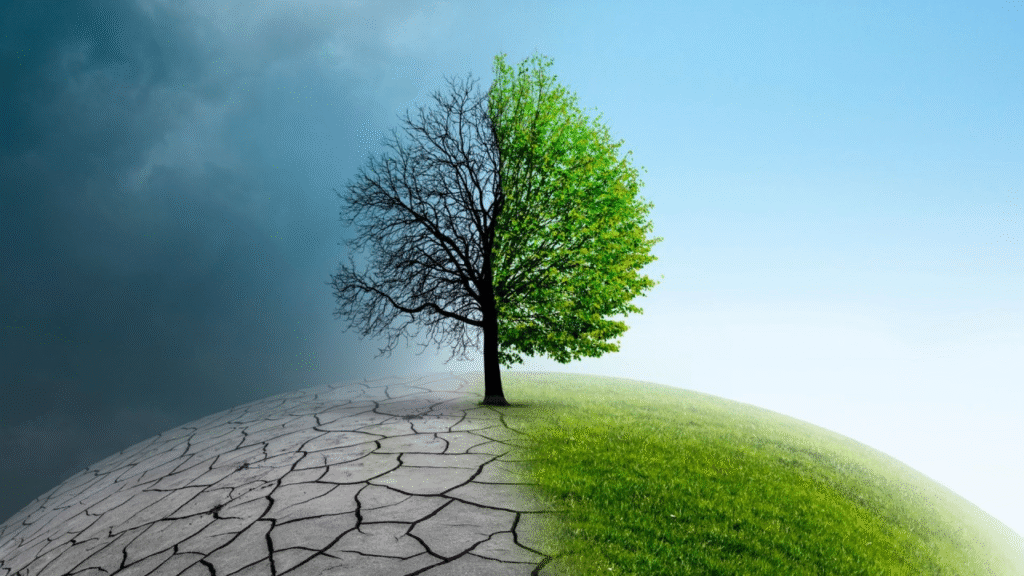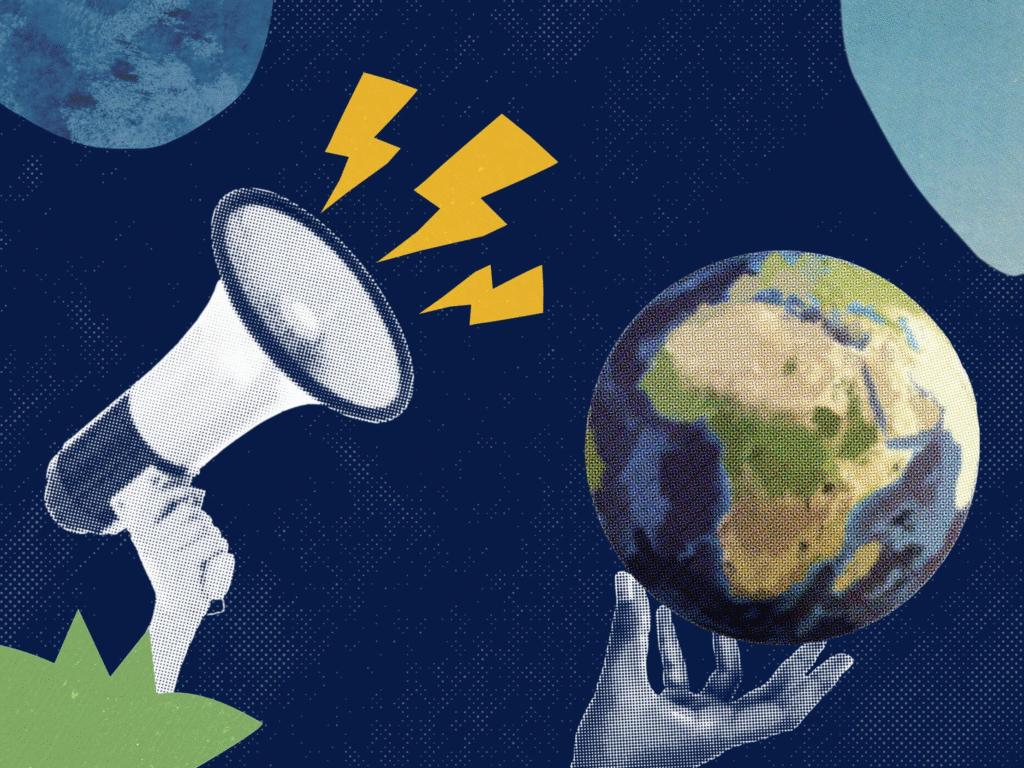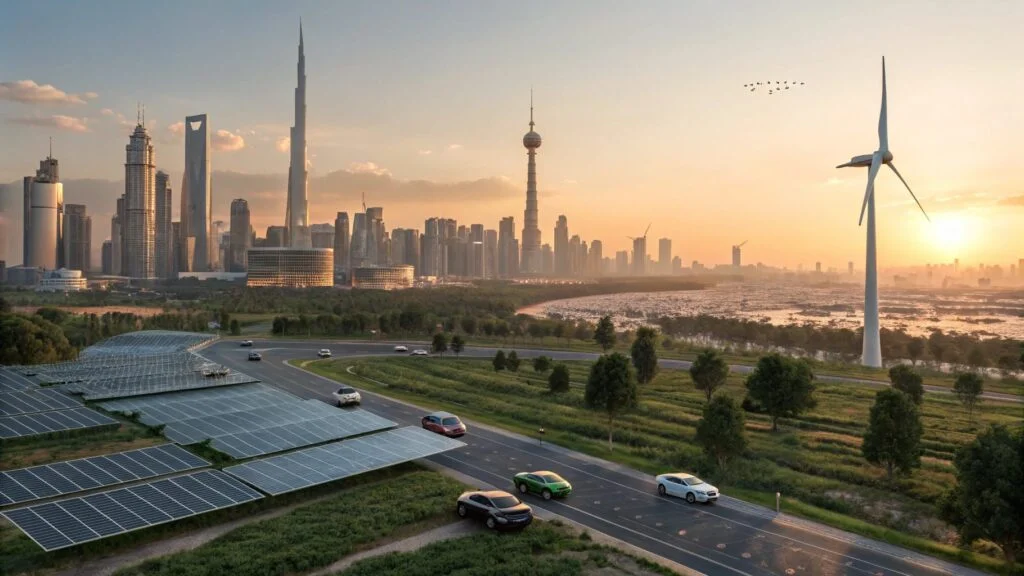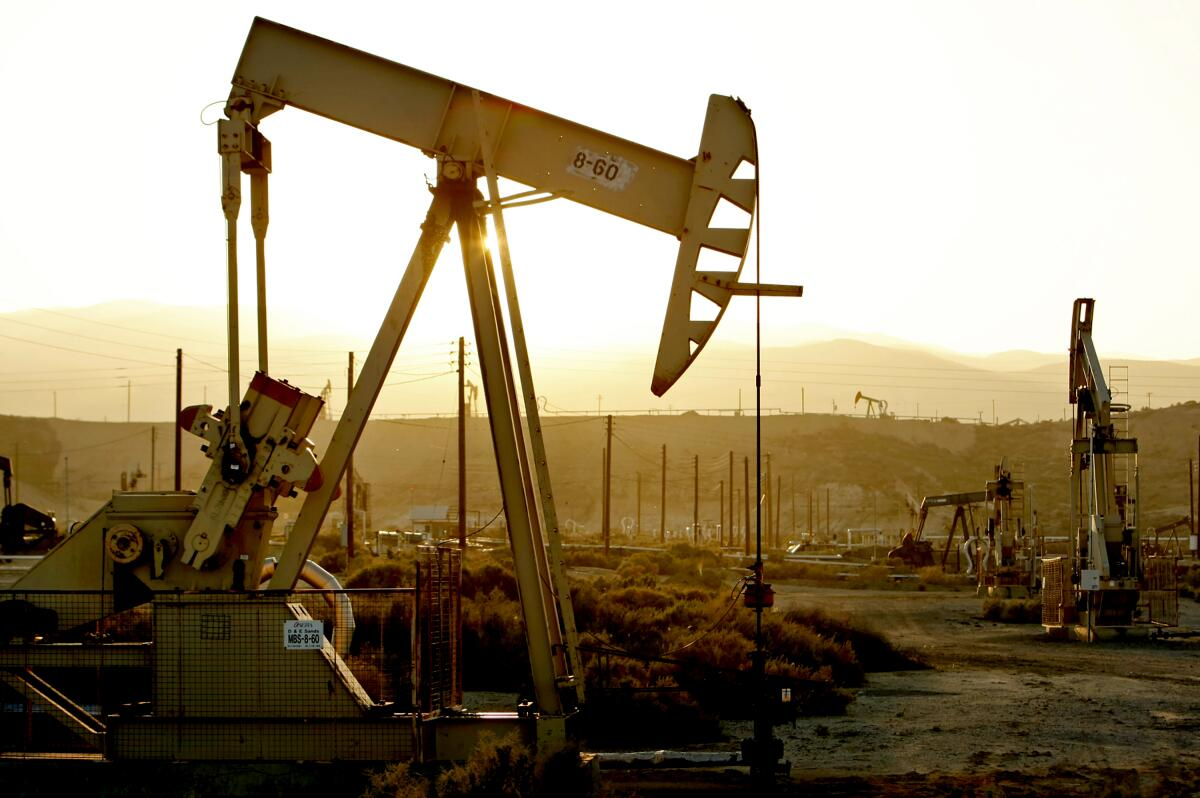Now Reading: Shocking Climate Policy Decisions That Affect Everyone on Earth
-
01
Shocking Climate Policy Decisions That Affect Everyone on Earth
Shocking Climate Policy Decisions That Affect Everyone on Earth

Table of Contents
Climate change is no longer a distant problem. It’s already affecting how we live, work, and survive. In 2025, governments across the world are updating their climate policies to fight rising temperatures, extreme weather, and environmental damage. But what exactly is climate policy? And how does it impact everyday people?
Let’s break it down in simple terms—and explore what’s happening now, what’s coming next, and what it means for you.
What Is Climate Policy?

Climate policy refers to the rules, plans, and laws that governments create to deal with climate change. These policies aim to:
- Reduce greenhouse gas emissions (like carbon dioxide and methane)
- Promote clean energy (like solar, wind, and electric vehicles)
- Protect forests, oceans, and biodiversity
- Support communities affected by climate disasters (like floods or droughts)
These policies can be international (involving many countries), national (within one country), or local (cities and regions making changes).
Why 2025 Is a Turning Point for Climate Policy
In the past few years, the world has seen record-breaking heatwaves, rising sea levels, and stronger storms. Scientists warn that we must cut global emissions in half by 2030 to avoid the worst effects of climate change.
As a result, 2025 is shaping up to be a crucial year. Many countries are updating their climate goals—called Nationally Determined Contributions (NDCs)—under the Paris Agreement, an international deal signed by 196 nations.
The goal? Keep global warming below 1.5°C compared to pre-industrial levels.
What Major Countries Are Doing
Let’s take a look at what some major players are doing to improve their climate policies:
United States
- Rejoining the Paris Agreement in 2021 was just the beginning.
- The Inflation Reduction Act of 2022 pumped $369 billion into clean energy projects.
- In 2025, the U.S. aims to tighten vehicle emission rules and invest more in electric cars, hydrogen fuel, and battery storage.
European Union
- The Green Deal plans to make Europe the first climate-neutral continent by 2050.
- The Fit for 55 package aims to reduce emissions by 55% by 2030.
- 2025 will see stricter building codes, carbon pricing for industries, and renewable energy mandates.
India
- India pledged to reach net zero emissions by 2070.
- The focus is on solar energy expansion, green hydrogen, and public transportation.
- 2025 will bring new policies for climate-friendly agriculture and electric buses.
China
- The world’s largest emitter has a net-zero target for 2060.
- It’s increasing wind and solar power, and 2025 may mark a slow-down in coal power investments.
- There’s pressure to move faster from both citizens and global leaders.
What Are the Main Types of Climate Policies?
- Carbon Pricing
- Governments charge industries for the carbon they release.
- Includes carbon taxes and cap-and-trade systems.
- Renewable Energy Incentives
- Policies that make solar, wind, and other clean energy cheaper and more available.
- Vehicle Emissions Standards
- Rules that push automakers to build cleaner, electric vehicles.
- Green Building Laws
- Encouraging homes and offices to use energy-efficient systems.
- Adaptation Plans
- Preparing cities and farms for extreme weather and water shortages.
The Challenges Ahead
Even with strong policies, fighting climate change is hard. Here are a few major challenges:
- Cost: Transitioning to clean energy is expensive at first, especially for poor countries.
- Politics: Some leaders still doubt climate science or put economic growth ahead of the environment.
- Global Cooperation: Climate change is a global problem—but not all countries move at the same pace.
That’s why groups like the United Nations Framework Convention on Climate Change (UNFCCC) help countries work together.
How Does Climate Policy Affect You?

Climate policies may seem distant, but they affect your daily life more than you think:
- Energy Bills: Solar panels or energy-efficient appliances could save money.
- Jobs: Green jobs in renewable energy, construction, and tech are growing fast.
- Health: Cleaner air means fewer diseases like asthma and lung problems.
- Transport: More electric buses, bike lanes, and charging stations in your city.
Even your food choices, like eating less meat, can support climate goals.
What You Can Do to Help
You don’t have to be a politician to make a difference. Here’s how you can support climate action:
- Vote for leaders who take climate change seriously.
- Learn about your country’s climate policies.
- Reduce your carbon footprint—walk more, waste less, save energy.
- Speak Up—join climate campaigns, write to your local representatives, and talk about it.
The Road Ahead: Hope with Action
Climate policy is not perfect, but it’s improving. Governments are listening more to scientists, activists, and young people. While progress is still too slow, every policy update matters—and 2025 is a major checkpoint.
We are at a crossroads. The choices made now will shape the future of our planet for generations. Will we rise to the challenge? With strong climate policies and public support, we just might.
Read More:- Deyaar’s Latest Announcement Shakes Up the UAE Property Market





















